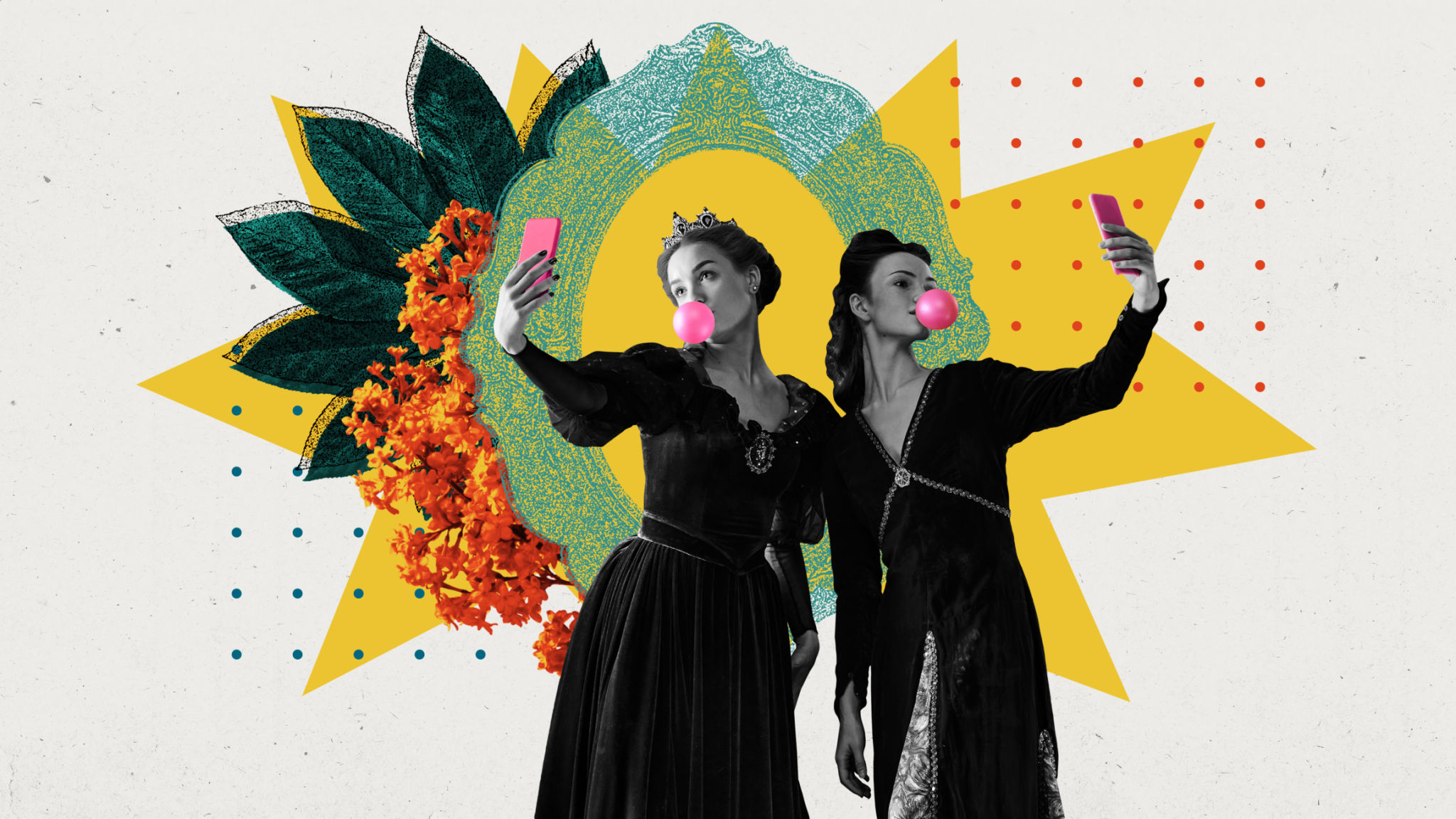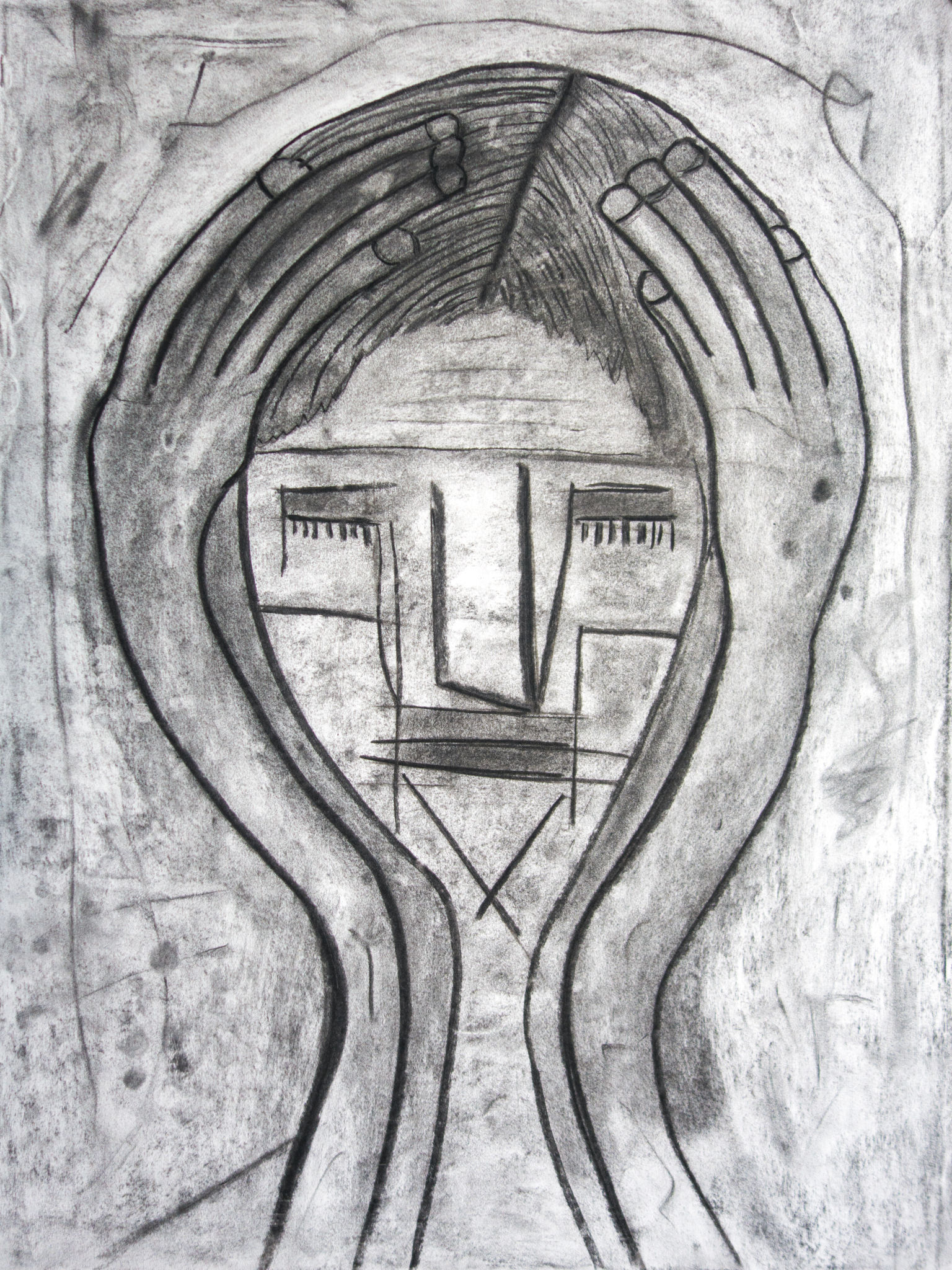The Role of Art in Filipino Culture: Celebrating National Heritage
The Significance of Art in Filipino Culture
Art plays a pivotal role in Filipino culture, serving as a powerful vehicle for expressing the nation's rich history and vibrant identity. From traditional crafts to contemporary visual arts, the diverse artistic expressions have always been a reflection of the country's dynamic heritage. Art in the Philippines is not just an aesthetic pursuit; it is an integral part of the cultural fabric that binds communities together.

Historical Roots and Traditional Crafts
The history of art in the Philippines is deeply intertwined with its indigenous roots and colonial past. Traditional crafts such as weaving, pottery, and woodcarving are not only practical but also serve as cultural symbols that tell stories of ancestors and traditions. These crafts are passed down through generations, preserving techniques that date back centuries. The intricate patterns and vibrant colors used in these crafts are emblematic of the country's rich cultural tapestry.
In addition to crafts, pre-colonial Filipinos had a robust tradition of oral literature and performance arts. Epic poetry, folk dances, and indigenous music played significant roles in community rituals and celebrations. These forms of art were essential in maintaining social cohesion and transmitting cultural values.

Colonial Influence and the Fusion of Styles
The arrival of colonial powers introduced new artistic influences that blended with indigenous practices, creating a unique fusion of styles. Spanish colonization, in particular, brought religious art that manifested in elaborate church architecture, paintings, and sculptures. This fusion is evident in iconic structures such as the Baroque churches that dot the Philippine landscape.
As a result of American colonization, new art forms such as Western-style painting and theater emerged, further enriching the cultural milieu. The Filipinos adopted these styles while infusing their own perspectives, leading to a distinctive blend of Eastern and Western art forms.

Contemporary Art and Cultural Identity
Today, contemporary Filipino artists continue to explore themes of identity, society, and heritage through diverse mediums. Modern art in the Philippines is characterized by its boldness and innovation, often addressing social issues and challenging conventions. Artists like Juan Luna and Fernando Amorsolo have left a lasting legacy with their masterpieces that capture the essence of Filipino life and landscapes.
Contemporary art festivals and exhibitions across the country celebrate this dynamic evolution, providing platforms for emerging artists to showcase their work. These events play a crucial role in fostering artistic expression and cultural dialogue, highlighting the importance of art in shaping national identity.

Art as a Tool for Social Change
Beyond aesthetics, art in Filipino culture functions as a tool for social change. Many artists use their craft to advocate for various causes, raising awareness about issues such as poverty, human rights, and environmental conservation. Through powerful visual narratives and thought-provoking installations, they inspire action and provoke meaningful conversations within communities.
The rise of digital art and social media has also amplified the reach of Filipino artists, allowing them to connect with global audiences and participate in international dialogues about cultural heritage and national identity.
Preserving Art for Future Generations
Efforts to preserve and promote Filipino art are essential to sustaining national heritage. Educational programs, museums, and cultural organizations play a vital role in this endeavor by documenting and showcasing the country's artistic legacy. Initiatives aimed at supporting traditional artisans and contemporary artists alike ensure that the rich tapestry of Filipino culture continues to thrive.
In conclusion, art is an invaluable aspect of Filipino culture that celebrates the nation's unique heritage. It serves as a bridge between past and present, linking generations through shared stories and traditions. As we continue to embrace both old and new forms of artistic expression, we honor our collective identity and strengthen our cultural heritage for future generations.
